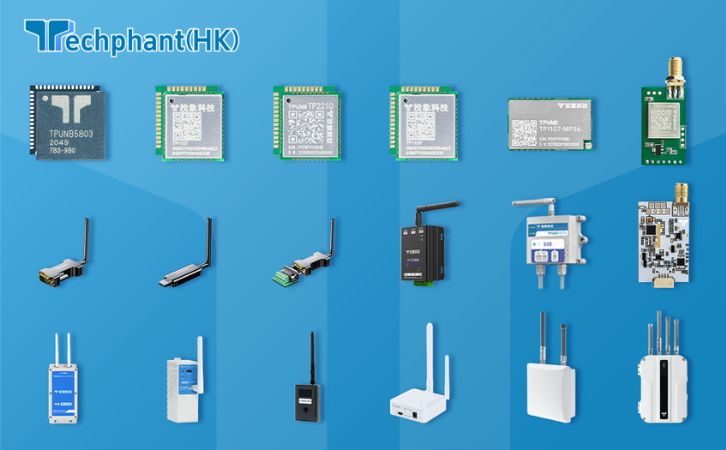In our hyper-connected world, data is the lifeblood of everything from streaming your favorite show to sending a quick text across the globe. But how do we measure this invisible flow? Enter data transfer units—the unsung heroes that quantify how information zips from one device to another. Whether you’re buffering a video or uploading a family photo, understanding these units demystifies the digital dance behind our screens. In this article, we’ll break it down step by step, exploring their foundations, mechanics, and real-world impact.
I. The Fundamentals: Defining Data Transfer Units
At its core, a data transfer unit is simply a standardized way to measure the amount of digital information moved over time. Think of data as water flowing through a pipe: the units tell us both how much water (volume) and how fast it’s moving (flow rate). Without them, we’d be lost in a sea of vague terms like “fast” or “slow.”
Historically, these units evolved alongside computing. In the 1940s, pioneers like Claude Shannon laid the groundwork with information theory, defining the bit (binary digit) as the smallest unit of data—a single 0 or 1, like a light switch flipped on or off. From there, we scaled up: 8 bits make a byte, enough to represent a single character, such as the letter “A.”
Data transfer, however, isn’t just about size; it’s about speed. We measure it in bits per second (bps), which counts how many bits traverse a connection in one second. This could be raw bits (like in network cables) or organized into bytes for storage. Why bits over bytes? Networks often transmit data in binary streams, so bits align perfectly with the hardware’s pulse.
To grasp the scale, consider this: early modems in the 1980s chugged along at 300 bps—slower than typing a sentence. Today, fiber-optic home internet can hit 1,000,000,000 bps (1 Gbps). Prefixes like kilo- (1,000), mega- (1,000,000), giga- (1,000,000,000), and tera- (1,000,000,000,000) multiply these, turning bps into Kbps, Mbps, Gbps, and beyond. But beware the binary vs. decimal debate: tech folks often use powers of 2 (e.g., 1 KiB = 1,024 bytes), while marketers stick to neat thousands. This subtle difference can shave 7% off advertised speeds, a quirk worth noting when shopping for plans.
In essence, data transfer units bridge the abstract world of code with the tangible rush of information, ensuring we can compare apples to oranges—or rather, bits to bytes.
II. Breaking It Down: From Bits to Bandwidth
Diving deeper, let’s unpack the hierarchy of these units and how they interplay. Start with the bit: indivisible and binary, it’s the atom of data. Eight bits form a byte, which stores everything from pixels in an image to commands in software. For transfer, we rarely think in bytes alone; speed metrics like Mbps (megabits per second) dominate because they reflect network throughput.
Bandwidth is the star here—the maximum rate at which data can be transferred, often visualized as a highway’s lane capacity. A 100 Mbps connection is like a four-lane road: it handles 100 million bits per second, but traffic jams (congestion from multiple devices) can slow you down. Real transfer rates also factor in overhead: protocols like TCP/IP add “packaging” bits for error-checking and routing, nibbling 10-20% off your headline speed.
Consider file sizes for perspective. A 1 MB photo (8 million bits) downloads in about 0.08 seconds on a 100 Mbps line—blindingly fast. But scale to a 4K movie (50 GB, or 400 billion bits), and that same connection takes over 9 hours. This is where units like GBps (gigabytes per second) shine for bulk transfers, common in data centers where cloud backups hum along at terabit scales.
Latency sneaks in too—not a unit of transfer, but a delay (measured in milliseconds) that affects interactivity. Even with high bandwidth, high latency (like satellite internet’s 600 ms ping) makes gaming feel laggy. Together, these elements form a symphony: bits as notes, bandwidth as tempo, latency as pause. Mastering them empowers you to troubleshoot why your Zoom call stutters or your upload crawls.
III. The Tech Behind the Transfer: Wires, Waves, and Wireless
How do these units manifest in the wild? Data transfer relies on physical and wireless mediums, each with strengths tuned to specific units.
Wired connections, like Ethernet cables, excel in consistency. Cat6 cables support up to 10 Gbps over short distances, using twisted pairs to minimize interference—think of them as insulated rivers channeling electrons. Fiber optics leap ahead, pulsing light through glass strands at 100 Gbps or more, lossless over miles. They’re the backbone of the internet, ferrying petabytes (1,000 TB) daily across oceans.
Wireless flips the script with radio waves. Wi-Fi 6 routers push 9.6 Gbps theoretically, but walls and distance drop it to 500 Mbps in practice. Measured in the same bps units, wireless adds variables like frequency bands (2.4 GHz for range, 5 GHz for speed) and MIMO tech, which beams multiple data streams simultaneously—like juggling lanes on that highway.
Cellular networks evolve rapidly: 4G tops at 100 Mbps, while 5G blasts to 20 Gbps in ideal spots, using mmWave bands for ultra-high throughput. By 2025, 6G prototypes tease terabit-per-second dreams, blending AI to optimize signals. Yet, challenges persist: interference in crowded areas throttles speeds, and power limits cap mobile devices. Tools like speed tests (e.g., Ookla) let you benchmark your setup, revealing if your “gigabit” plan delivers.
These mediums aren’t isolated; hybrid systems—like Wi-Fi calling over 5G—layer units for seamless handoffs, making our devices feel magically untethered.
IV. Beyond the Basics: Challenges, Innovations, and Everyday Hacks
No discussion of data transfer units is complete without tackling pitfalls and frontiers. Compression is a game-changer: algorithms shrink files by 50-90% (e.g., ZIP or video codecs like H.265), effectively boosting effective speed without upgrading hardware. But it trades CPU cycles for bandwidth—your phone heats up encoding that TikTok.
Security layers, like encryption, inflate data by 5-10%, as bits get scrambled for privacy. Quantum threats loom: by 2030, quantum computers could crack current encryption, spurring post-quantum standards that might bloat transfers further.
Innovations abound. Edge computing shaves latency by processing data locally, ideal for AR glasses needing sub-10 ms responses. Satellite constellations like Starlink blanket rural areas with 150 Mbps, using phased-array antennas for dynamic beamforming. In data centers, NVMe SSDs hit 7 GBps reads, fueling AI training that devours exabytes.
For hacks: prioritize QoS (Quality of Service) settings on routers to allocate bandwidth—videos over emails. Use Ethernet for stability, and monitor with apps like GlassWire. As IoT explodes (billions of devices by 2025), efficient units will be crucial to avoid “data tsunamis.”
Conclusion: Navigating the Data Deluge
Data transfer units aren’t just tech trivia; they’re the metrics of modern life, dictating how swiftly ideas, entertainment, and connections flow. From humble bits racing through fibers to gigabits dancing on airwaves, they’ve shrunk the world while amplifying its noise. As we hurtle toward 6G and beyond, grasping these units equips you—not just to consume, but to create in this digital epoch. Next time your stream buffers, remember: it’s not magic faltering, but bits bargaining with bandwidth. Tune in, optimize, and ride the wave.


